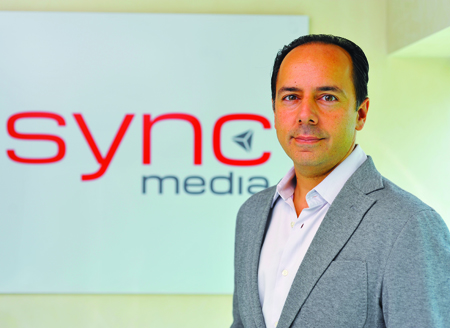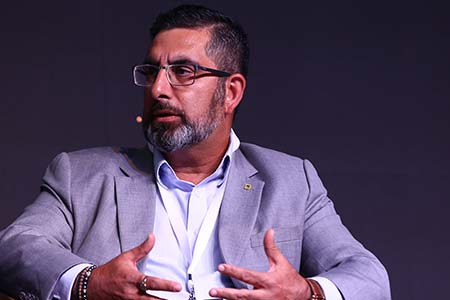If you’re a traditional free-to-air broadcaster in the Middle East, you most likely belong to one of five camps when it comes to the impact of technology and OTT services on your business and on your audience. Only one of these groups has a chance of surviving the shifting content consumption landscape. Group 1: The […]

If you’re a traditional free-to-air broadcaster in the Middle East, you most likely belong to one of five camps when it comes to the impact of technology and OTT services on your business and on your audience. Only one of these groups has a chance of surviving the shifting content consumption landscape.
Group 1: The Unaware (“Whats OTT?”)
This group includes quite a few household names, as well as several privately-owned standalone channels across the Middle East. The prominent members of the group are the state-owned broadcasters who have only applied cosmetic changes (Lets change the logo!) to their channels. Their management teams are neither digital natives nor digital immigrants. They are preoccupied with managing the historical baggage that has accumulated in their organisation over decades. They are the captain of the Titanic standing on the bridge but not seeing any icebergs. This group will be swept aside, and they won’t notice until its too late.
Group 2: The In Denial
(“It wont happen here!”)
This group has an often-heard chant: Linear TV is forever. Viewers are lazy and passive. Our markets are different. The internet is too slow. The mobile screen is too small. The kids will want linear TV when they grow up.
Oblivious by choice, they believe their market is somehow isolated from the impact of technology and operates under different rules. They make incremental changes to their channels (new grid here, new sports rights there) and see no need to change how they go about their business. This group will also be swept aside, but not before realising their error in judgement and attempting a futile last-minute attempt at reinventing themselves.
Group 3: The Wait-and-See
(“I’ll jump in when its worth it!”)
This group has it figured out. They have crunched the numbers. They have forecast the audience shares. They have built business cases with multiple scenarios at various degrees of sensitivity. They have evaluated the technology. They go to all the cool conferences. They know what it takes and will wait until the market is right and the revenues are worth going after.
This group will get a surprise. Just as they decide to jump in, they will discover that the others are already there. They will find that new previously unheard-of companies and brands suddenly command a significant market share. Then they will crunch their numbers again, and find out that they need to significantly increase their planned investment to catch up. Those who can afford it may remain relevant.
Group 4: The Easy-Does-It (“Heres a pretty catch-up website, and maybe an app or two!”)
This group is confident theyre taking the right steps. You can watch their channels live on your TV, your computer, your tablet and your phone. You can download the app. You can catch up with almost any programme broadcast over the past six months. They played with Periscope and Snapchat to show the world theyre cool with tech. Except they wrongly assume the answer solely lies in deploying technology, while the content, the consumer and the business model remain unchanged. Digital is something a few young people on one of the floors of the building take care of, while for everyone else its business as usual.
Group 5: The Paranoid
(“Theyre coming after my audience!”)
They cannot sleep. They know their time is finite. They disagree on how long they can maintain the same unsustainable business model before making the transition to the new one. They worry about losses in the transition period. Meanwhile, the audience is fragmenting. The consumer is distracted across multiple screens. Technology is moving faster than the planners. The audience is experimenting. Their expectations of what and when and where and how they can consume content are changing. The advertiser has noticed, and budgets are shifting.
TV is wrenching itself from its linearity and being redefined by ever-changing technology in the hands of the consumer.
Which group are you in?
Karim Sarkis is CEO at Sync Media FZ LLC.
















































































